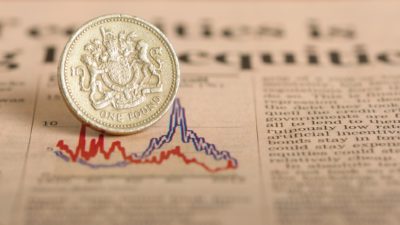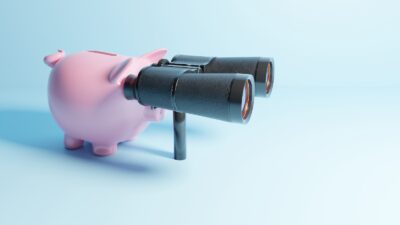After last year’s dividend drought, 2021 has been a great year for me to earn a solid passive income. More and more FTSE 100 companies restarted dividends. And some of them, that actually saw an unexpected boom because of government support during the pandemic, now have jaw dropping dividend yields.
Why dividend yields could drop in 2022
It might not be as easy to earn a high-yield passive income in 2022, however. There are a few reasons for this. The first most obvious one is the coronavirus variant, that could send us back into lockdowns. All companies impacted by it may well decide to withhold dividends again.
Also, public spending has already slowed down and could gradually end over the next year or so. The process might ease if severe restrictions need to be placed because of the pandemic again, but eventually it will end. This could impact stocks from mining to real estate that have boomed because of various government supports. Notably, these stocks also have among the biggest dividend yields. So, these could be impacted too.
Should you invest £1,000 in Jerash Holdings (us), Inc. right now?
When investing expert Mark Rogers has a stock tip, it can pay to listen. After all, the flagship Motley Fool Share Advisor newsletter he has run for nearly a decade has provided thousands of paying members with top stock recommendations from the UK and US markets. And right now, Mark thinks there are 6 standout stocks that investors should consider buying. Want to see if Jerash Holdings (us), Inc. made the list?
So how would I earn an ongoing high-yield passive income from FTSE 100 stocks now?
Step #1: check dividend history
I would take three steps to try my best to ensure this. The first is to consider the dividend history of all FTSE 100 stocks. I would then narrow my list of potential purchases to only those stocks that have a history of paying dividends. This should stretch to at least five years and ideally, if the company has paid dividends for much of the past decade, that would be even better.
Step #2: consider the dividend yield
Once I have this short-list of stocks, I would consider ones that have a present dividend yield of at least 4%. It should be at least this much for the next year, because that is the expected going rate of inflation. And I would like my returns to be higher than that.
Among the ones that presently make the cut-off yield, I would consider both their present yield along with what it has been over the past say, five years or so. The reason is to get some visibility for my long-term income from the stock. If a company, for instance, has earned a windfall that has resulted in a high yield last year, that might not work for me over time.
So, I would consider both its present yield and that over time to come to a balanced conclusion about how much I could expect to receive. This should shorten my list of potential investments further.
Step #3: the state of the industry
Finally, I would consider where the company is at. If it is expected to see challenging times in the near future, like in the case of tobacco stocks or even possibly real estate, then I would think before buying the stock. But if it is likely to continue being stable, it could just be the FTSE 100 stock for me. I think that I would end up with utilities, selected miners, and insurance companies.







